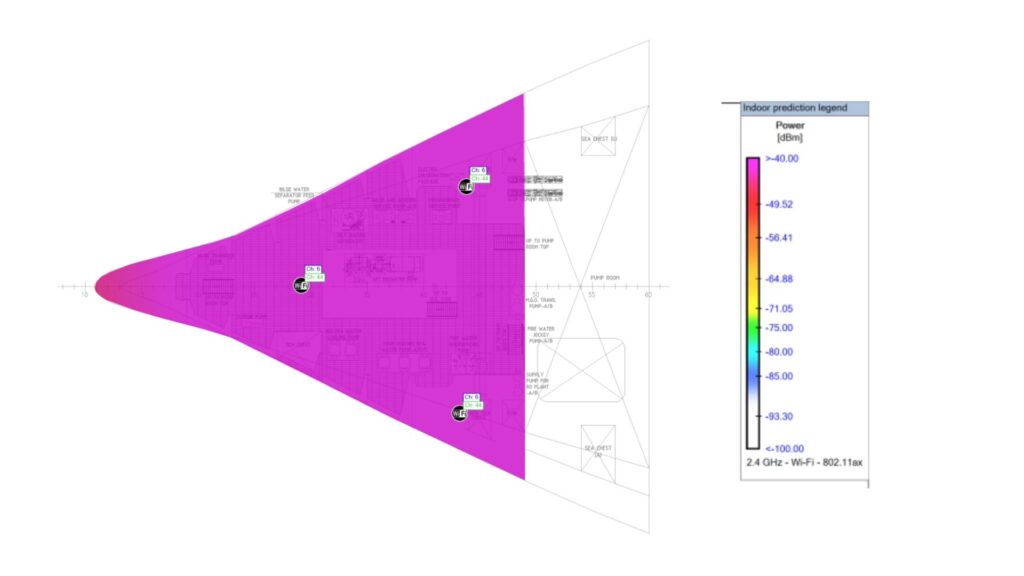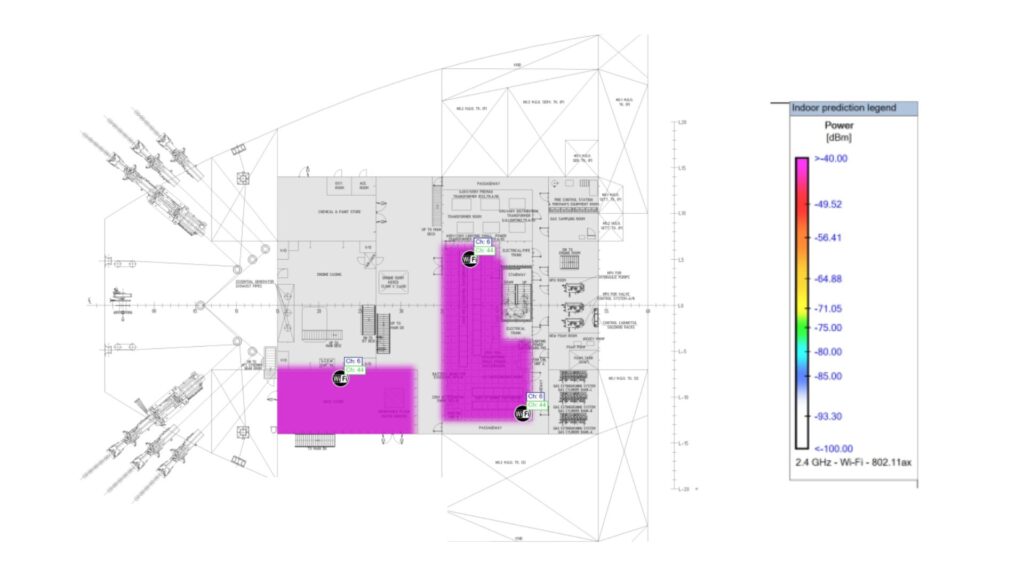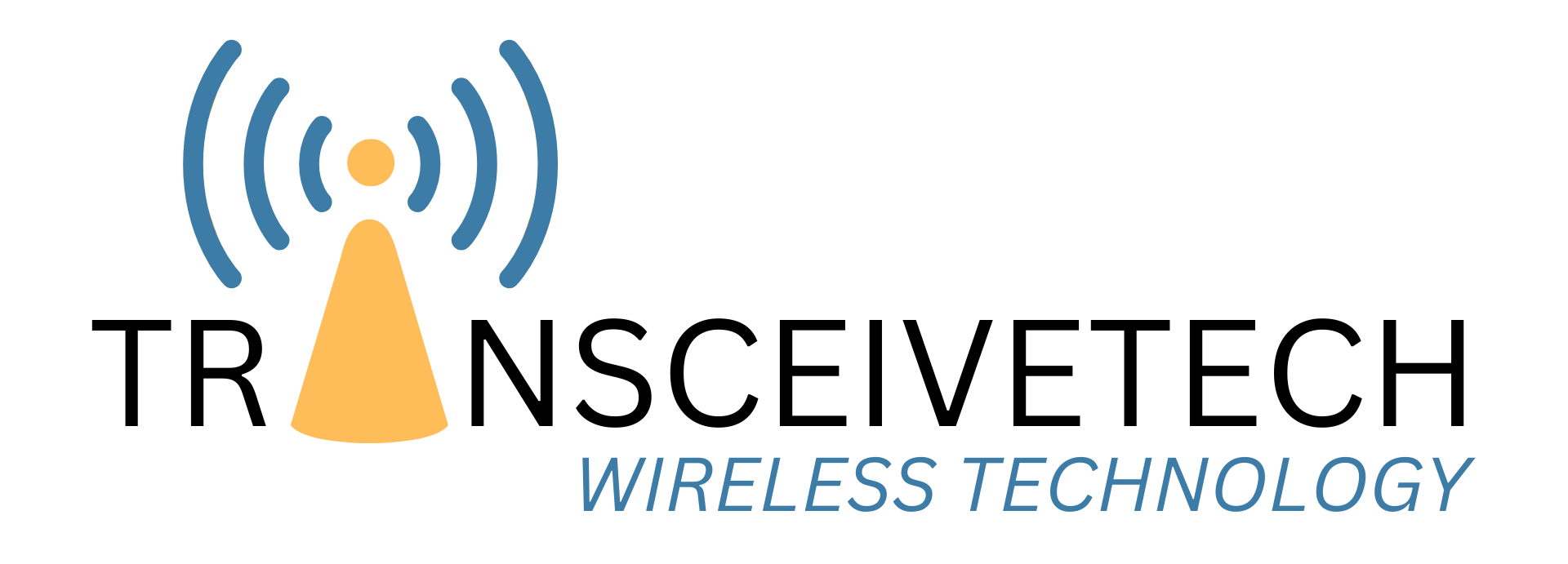WiFi Coverage Studies
Conducting a WiFi coverage study for harsh and hazardous environments is crucial, and simulation software has become an invaluable tool in this process.
In today’s hyper-connected world, reliable WiFi coverage is essential across various environments, including those that are harsh and hazardous. These challenging settings, such as industrial plants, mining sites, oil rigs, and chemical processing facilities, require robust and well-planned WiFi networks to ensure seamless communication, safety, and operational efficiency.

Why Conduct a WiFi Coverage Study?
A WiFi coverage study helps determine the optimal placement of access points (APs) to ensure comprehensive and reliable wireless coverage. This is especially important in harsh and hazardous environments where obstacles, interference, and safety regulations add complexity to network planning.
The goals of a WiFi coverage study include:
Ensuring Reliable Connectivity: Continuous and strong WiFi signals are vital for communication and data transfer.
Enhancing Safety: In hazardous environments, reliable WiFi supports critical safety systems, such as remote monitoring and emergency response.
Improving Operational Efficiency: Efficient WiFi networks enable better coordination and real-time data access, improving productivity.

WiFi Coverage Study Process
Define Objectives and Requirements:
- Understand the specific needs of the environment, such as coverage area, data throughput, and safety requirements.
- Identify critical zones that require priority coverage, such as control rooms, workstations, and hazardous areas.
Select Appropriate Simulation Software:
- Choose software that can handle the complexities of harsh and hazardous environments. Vivo Asia uses iBwave.
- Ensure the software supports the specific WiFi standards and frequencies needed for your network.
Create a Detailed Environmental Model:
- Import or create floor plans and site maps of the environment.
- Include all physical structures, materials, and potential interference sources. Accurate modeling of walls, machinery, and other obstacles is crucial.
Simulate WiFi Coverage:
- Place virtual APs in the model and simulate coverage patterns.
- Adjust AP placement and configurations to optimize coverage, ensuring minimal dead zones and overlap.
- Use the software’s visualization tools to analyze signal strength, interference, and coverage heatmaps.
Validate and Optimize:
- Fine-tune the network design based on validation results, considering feedback from on-site personnel.
Choosing Team Vivo Asia
Conducting a WiFi coverage study using simulation software in harsh and hazardous environments is a strategic approach to ensuring robust and reliable wireless networks.
The Engineers and Technicians of Team Vivo Asia are highly experienced and skilled in conducting coverage studies for industries that operate in harsh and hazardous environments.
